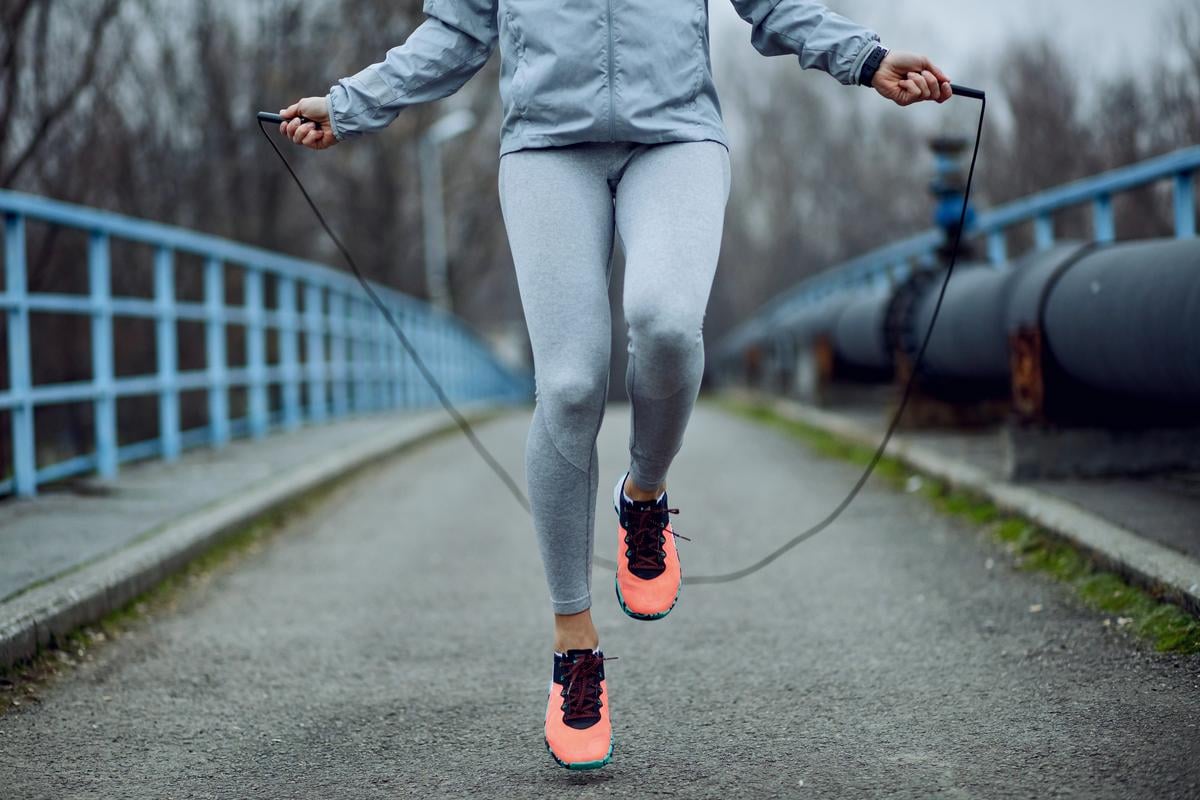TC/HDL, BMI estimates of those performing 30 minutes daily mirror those of sedentary individuals five and 10 years younger
By Elana Gotkine HealthDay Reporter
TUESDAY, Nov. 12, 2024 (HealthDay News) — An age-equivalent benefit is found for vigorous exercise, after considering sitting time, according to a study recently published in PLOS ONE.
Ryan Bruellman, from the University of California Riverside, and colleagues analyzed data from the Colorado Adoption/Twin Study of Lifespan behavioral development and cognitive aging in adults aged 28 to 49 years to examine how activity intensity and sitting behavior influence health. The trade-off between sitting and physical activity was explored leveraging the co-twin control approach.
The researchers found that the total cholesterol/high-density lipoprotein ratio (TC/HDL) and body mass index (BMI) demonstrated increasing age trends, with an inverse association seen for prolonged sitting and vigorous activity. An age-equivalent benefit of vigorous exercise was found after considering sitting time, with expected TC/HDL and BMI estimates of those performing 30 minutes daily mirroring those of sedentary individuals five and 10 years younger, respectively. Partial exposure effects for TC/HDL were suggested in a co-twin control analysis, indicating that sitting health effects may be countered by greater vigorous activity, but with diminishing returns.
“Our results challenge recommended physical activity and we suggest guidelines need to be adjusted to account for sitting time throughout the day,” the authors write. “Sitting less, healthier eating, and focusing on increasing the amount of vigorous activity need to be clear messaging points to the public to provide a succinct and impactful change to sedentary habits.”
Copyright © 2024 HealthDay. All rights reserved.








